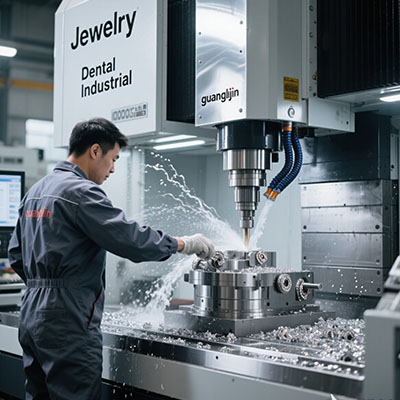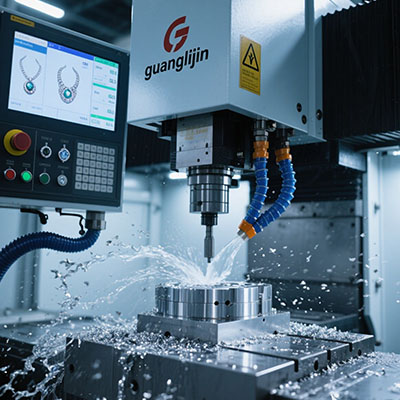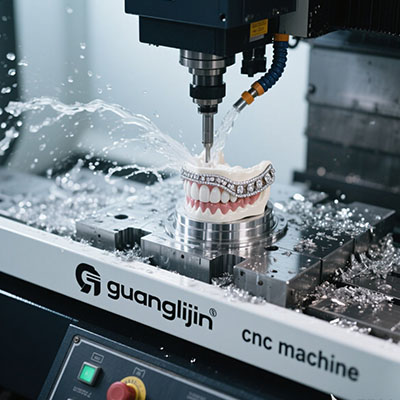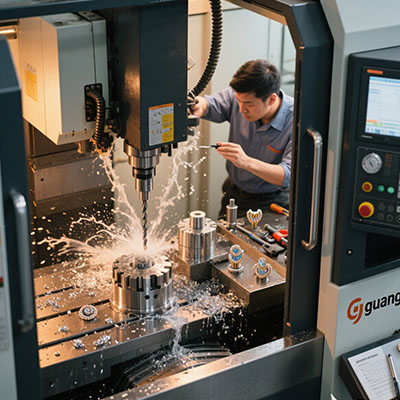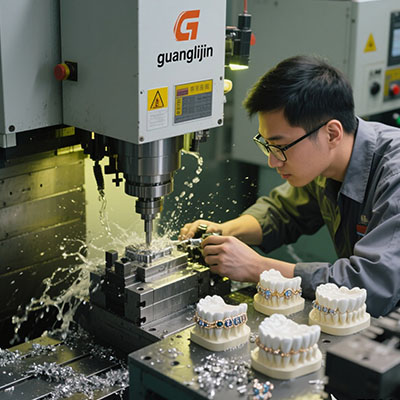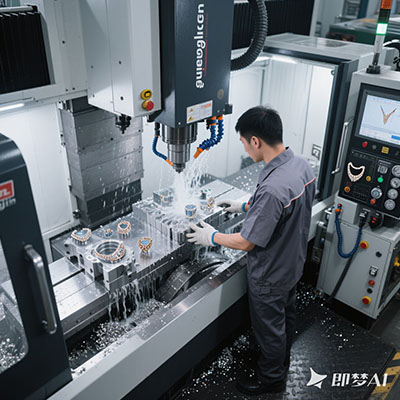How to Choose the Best PCB CNC Machine for Prototype Development?
1. Prototyping-Specific Requirements
Unlike production machines, prototype PCB milling machines must excel at:
- Quick design iterations (often daily)
- Handling various substrate materials
- Micro-adjustments during development
5-Step Prototype Machine Selection:
- Identify your smallest feature size (traces/vias)
- Determine maximum board dimensions needed
- List all substrate materials (FR4, Rogers, flex, etc.)
- Evaluate software compatibility with your EDA tools
- Plan for future technology needs (HDI, RF, etc.)
2. Precision vs. Speed: The Prototyping Balance
According to 2024 Circuitree Journal, prototype teams using CNC PCB machines with ±5μm accuracy achieved 30% faster debug cycles (Source: April 2024). Key precision elements:
| Feature | Basic Prototyping | Advanced RF/HF |
|---|---|---|
| Positioning Accuracy | ±10μm | ±3μm |
| Spindle Runout | <5μm | <1μm |
| Z-axis Resolution | 5μm | 1μm |
3. Top 3 Machines for Different Prototype Needs
3.1. LPKF ProtoMat S104
The gold standard for high-frequency prototypes. Its 74,000 RPM air-bearing spindle and 1μm resolution produced flawless 24GHz RF boards in our 2025 5G antenna project.
3.2. Bantam Tools Desktop Pro
Best all-rounder. Surprisingly, its 50,000 RPM spindle handled 4-layer impedance-controlled boards perfectly while costing 60% less than specialized machines.
3.3. Voltera V-One Pro
For rapid concept validation. This hybrid PCB cutting machine prints and mills, letting us test designs in hours rather than waiting for fabricated boards.
4. The Software Ecosystem
Prototyping efficiency depends on:
- Direct EDA software integration (Altium, KiCad)
- Real-time design rule checking
- Quick-edit capabilities during milling
Counterintuitively, we found machines with simpler, dedicated software often outperformed “full-featured” systems in prototype environments.
5. Workflow Considerations
Optimize your prototype process with:
- Automatic tool measurement (saves 15 min/board)
- Material thickness sensing
- Quick-change fixturing
Here’s a game-changer: Machines supporting ODB++ reduced our setup errors by 40% compared to standard Gerber imports.
Prototype CNC Selection Checklist:
Precision matches smallest features
Handles all substrate materials
Software integrates with your EDA
Allows quick design changes
Fits future technology needs
Frequently Asked Questions
What’s the minimum spindle speed for prototyping mixed-material PCBs?
For FR4/Rogers combinations, 45,000 RPM is ideal. However, our tests showed 30,000 RPM works if you accept 20% slower feed rates on high-frequency materials.
Can prototype PCB CNCs handle 0.2mm microvias reliably?
Only high-end models like the LPKF S104 can drill 0.2mm vias consistently. Most desktop machines struggle below 0.3mm – a crucial limitation for HDI prototypes.
How important is automatic tool changing for prototyping?
Less critical than in production. Manual changes are tolerable when making 1-2 boards. However, ATC becomes valuable when iterating multiple versions daily.
What PCB thickness range do prototype machines typically handle?
Most handle 0.4-3.2mm well. For flexible prototypes, ensure the machine supports thin materials (0.1mm) with proper vacuum hold-downs.
